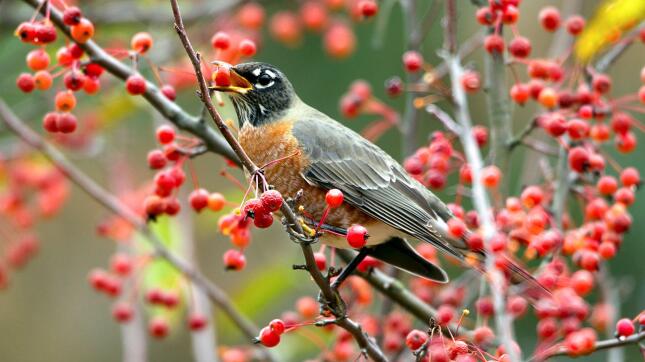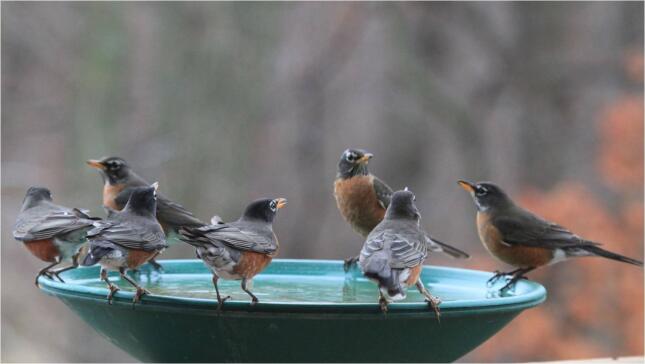September Nature Happenings
-
Eastern Monarch Butterflies continue their migration south to Mexico where they gather in large roosts. This is also the month for the Monarch's final egg lying. If you want to attract more butterflies to your yard and help them along their life cycle, consider avoiding the use of pesticides and instead planting butterfly-attracting plants. Wild Ones Wayne County has a great resource page for pollinator gardening, click here to view it
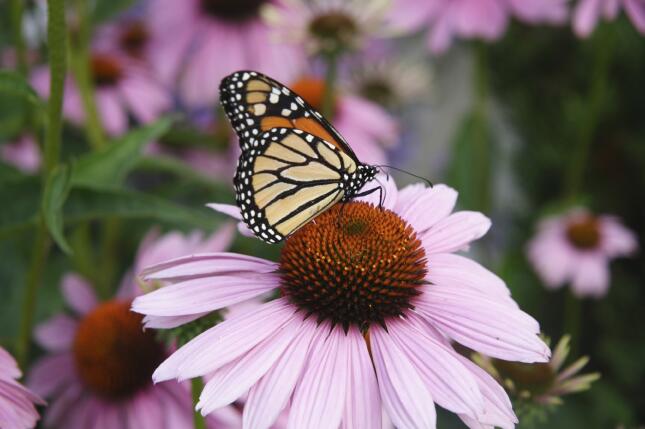

-
Ruby-throated Hummingbirds continue to migrate through the area. Keeping your feeders out can help fuel the migrants who are moving through. Most hummingbirds will depart by the end of the month. A good rule of thumb is to keep your feeders up for two weeks after your last sighting, to accommodate the tail end of their migration.
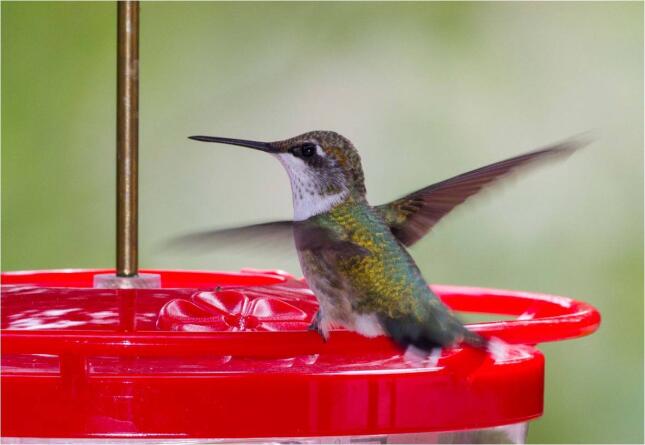
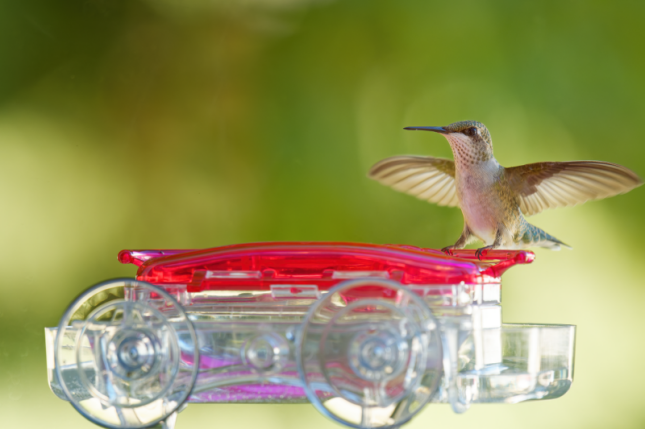
-
Blackbird flocks can number in the thousands as grackles, cowbirds and redwings gather together. After this month, they will not be as prevalent in the area or at feeders, many of them migrating south for the winter. A good solution is to switch to safflower if they become too dominant at your feeders.

-
September is a major month for fall migration for many Neotropical migrants - those birds heading to South and Central America for the winter. Warblers have fresh plumage so that the new, stronger feathers can help them with their journey. Without the need to claim a breeding territory, their plumage is less vibrant in color.
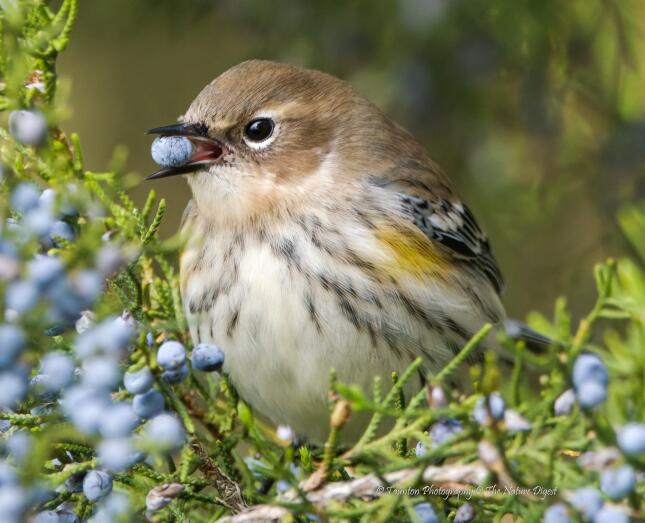
-
Broad-winged Hawk migration peaks mid- to late-month. Keep your eye out for large groups of them, called "kettles". Fun fact: Michigan holds the world record for most Broad-winged Hawks seen in a single day - totaling 543,533 birds!!
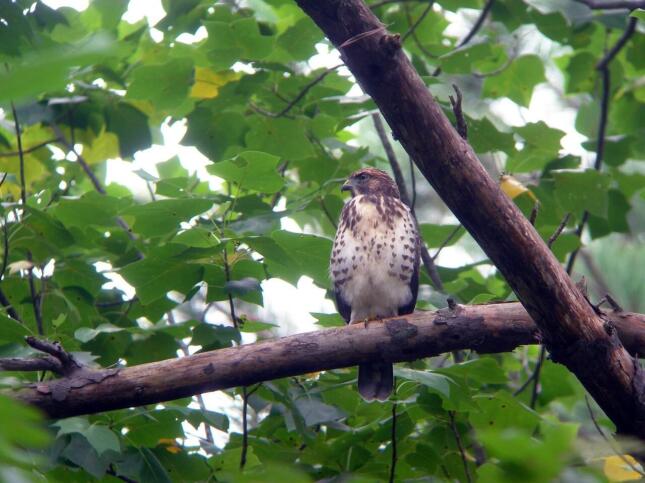
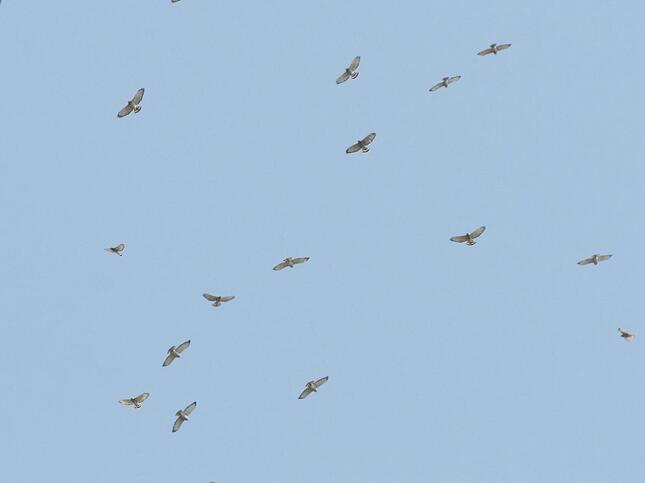
-
Migrating Brown Creepers migration peaks at the end of the month. This is the bird that inspired Wild Birds Unlimited founder Jim Carpenter to create Bark Butter. Have you tried it on the trees in your yard?
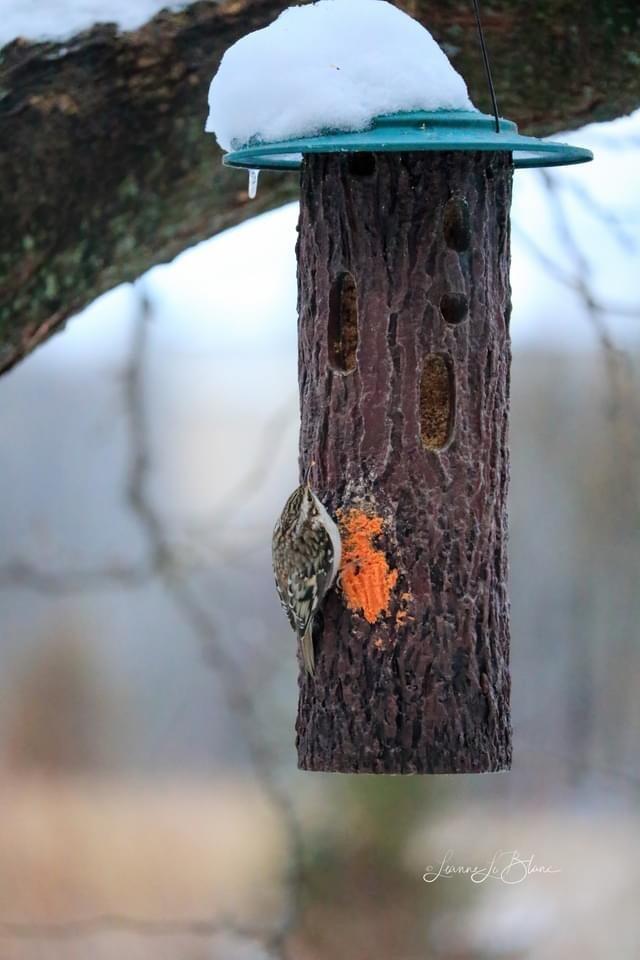
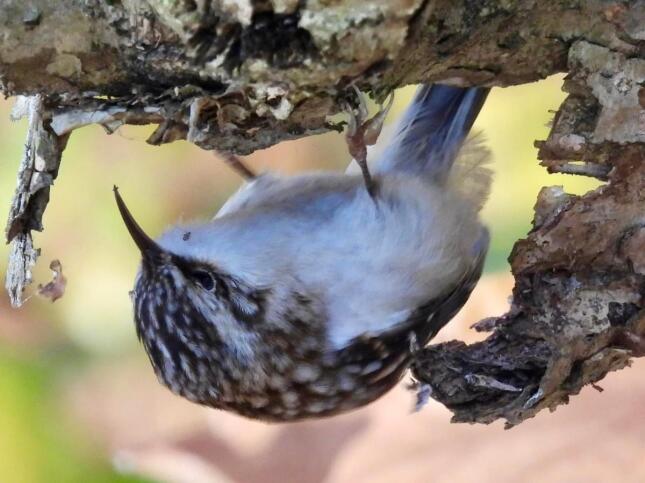
-
Ruby-crowned and Golden-crowned Kinglets are in great numbers at the end of this month, their small size always bringing a smile. They have a habit of searching for insects as they hover at the end of branches, favoring evergreens.

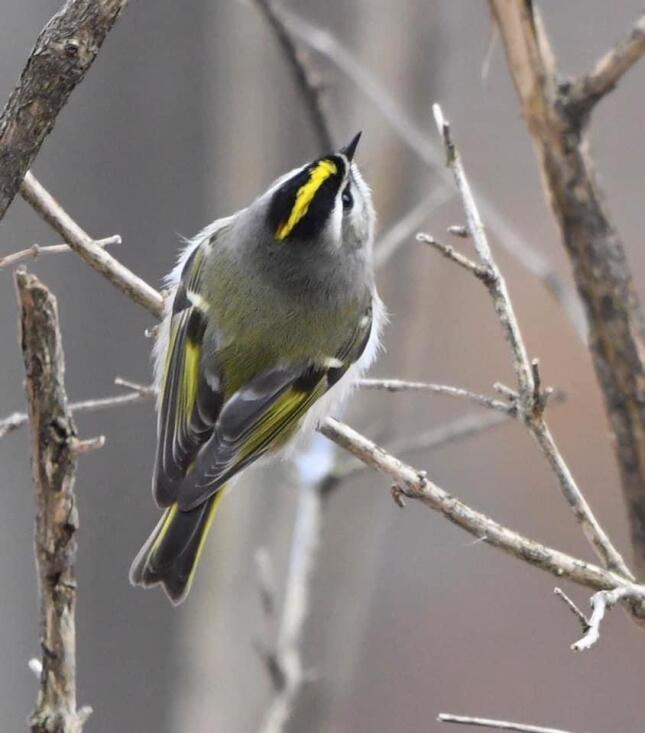
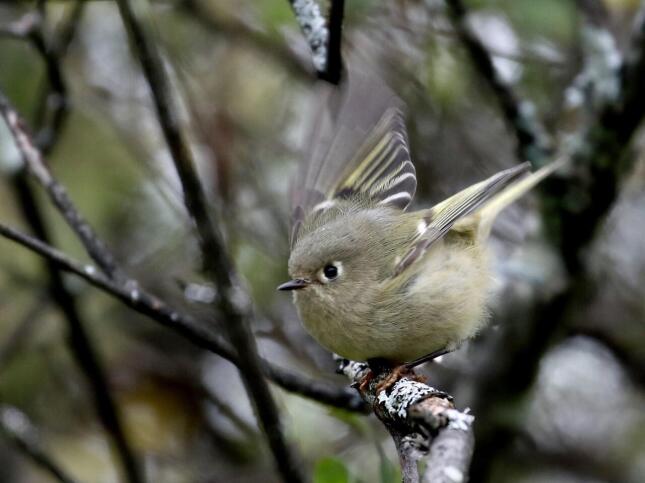
-
American Robins begin to gather in large flocks, feeding on fruit. As long as these thrushes can find this food source, some will remain through the winter in this area. American Robins have been observed at feeders in the cooler temperatures, eating shelled sunflower and the dried fruits found in our no-mess plus as well as eating mealworms. Offering a water source during the cooler months is a great way to attract birds that may not otherwise visit.
